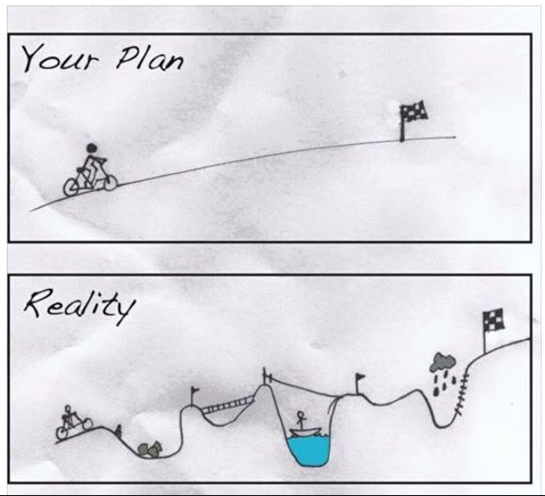Constraints led or is there more? Back to the question.
Can we say, that the sportive action in this picture shows elements of differencial learning in tennis? Constraints change seeing, hearing, time, speed, field size, target, emotion,…
(Thx Mark O Sullivan for the picture, Mark is doing a wonderful job at AIK Stockholm and is writing about constraints led coaching, childrens rights in sports and more on the blog „Player development project„)
Wolfgang Schöllhorn, who has thought and researched about the best way of learning skills in sports, is helping me to understand the differences between Differential learning (DL) and the Constraints Led Approach (CLA) fixing one’s eye on the picture above.
„This is a nice example for explaining the difference of constraints led approach and differencial learning 😉 . Here you see extraordinary constraints in order to feel what you should not do in future (variant of contrast learning). But this only would become differencial learning if the boundary conditions would change next time, e.g. if the „other side“ would change the flying objects (size or speed) or if this guy would change his glasses, the mask, the racket, the technique, the target … next time. In differencial learning it is rather about the rate of change of boundary conditions, it is less about the stressful constraining situations that should be avoided next time. ;- ) “
from a facebook discussion

